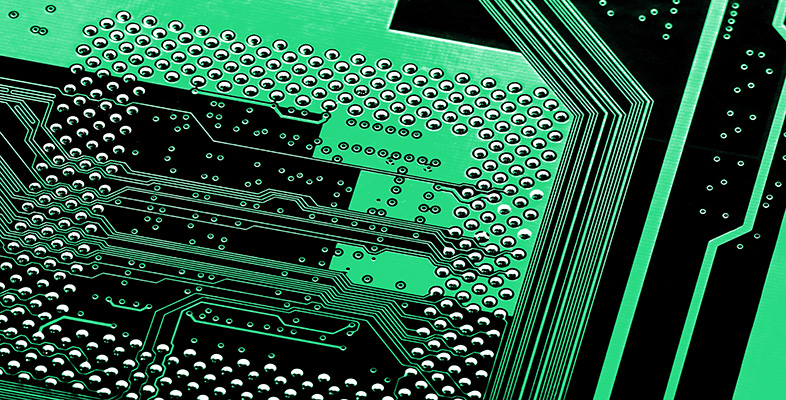2.2 Characters
Characters are another fundamental form of data. Computers store characters as integers, and system hardware and software translate these integer codes so that monitors and printers can display them.
As well as the familiar characters appearing on a keyboard, the current international standard (UNICODE) includes codes for characters from a variety of languages and alphabets (such as ê and ö). For simplicity, examples in this course will use only a part of this code, as given in Table 2. This is confined to printable symbols that appear on a standard computer keyboard (for an English-speaking user).
We will denote by Char the set of characters appearing in Table 2. We will call the codes in the table the ASCII codes of the characters.
The original ASCII set (developed by ANSI, the American National Standards Institute) was finalised in 1968, and provides a basic (but by no means complete) character set for English. With the development of the Internet and a more global economy, efforts are being made to create a standard character set, catering more completely for many languages, and bringing together hundreds of incompatible standards from different countries. UNICODE is the result of this development, but it still only represents some of the written characters of our languages, currently standing at about 94,000 symbols. No existing character set caters for all languages.
| Code | Character | Code | Character | Code | Character |
|---|---|---|---|---|---|
| 32 | 64 | @ | 96 | ' | |
| 33 | ! | 65 | A | 97 | a |
| 34 | " | 66 | B | 98 | b |
| 35 | # | 67 | C | 99 | c |
| 36 | $ | 68 | D | 100 | d |
| 37 | % | 69 | E | 101 | e |
| 38 | & | 70 | F | 102 | f |
| 39 | ’ | 71 | G | 103 | g |
| 40 | ( | 72 | H | 104 | h |
| 41 | ) | 73 | I | 105 | i |
| 42 | * | 74 | J | 106 | j |
| 43 | + | 75 | K | 107 | k |
| 44 | , | 76 | L | 108 | l |
| 45 | − | 77 | M | 109 | m |
| 46 | . | 78 | N | 110 | n |
| 47 | / | 79 | O | 111 | o |
| 48 | 0 | 80 | P | 112 | p |
| 49 | 1 | 81 | Q | 113 | q |
| 50 | 2 | 82 | R | 114 | r |
| 51 | 3 | 83 | S | 115 | s |
| 52 | 4 | 84 | T | 116 | t |
| 53 | 5 | 85 | U | 117 | u |
| 54 | 6 | 86 | V | 118 | v |
| 55 | 7 | 87 | W | 119 | w |
| 56 | 8 | 88 | X | 120 | x |
| 57 | 9 | 89 | Y | 121 | y |
| 58 | : | 90 | Z | 122 | z |
| 59 | ; | 91 | [ | 123 | { |
| 60 | 92 | \ |
124 | | | |
| 61 | = | 93 | ] | 125 | } |
| 62 | > | 94 | ^ | 126 | ˜ |
| 63 | ? | 95 | – |
The character with ASCII code 32 is the space character, which, when we need to write it explicitly, will appear as ‘![]() ’
’
Activity 4
(a) What character has ASCII code 91?
(b) What are the ASCII codes of the characters ‘A’ and ‘a’?
(c) What is the ASCII code of the character ‘7’?
Discussion
(a) The character ‘[’.
(b) 65 and 97, respectively.
(c) 55.
